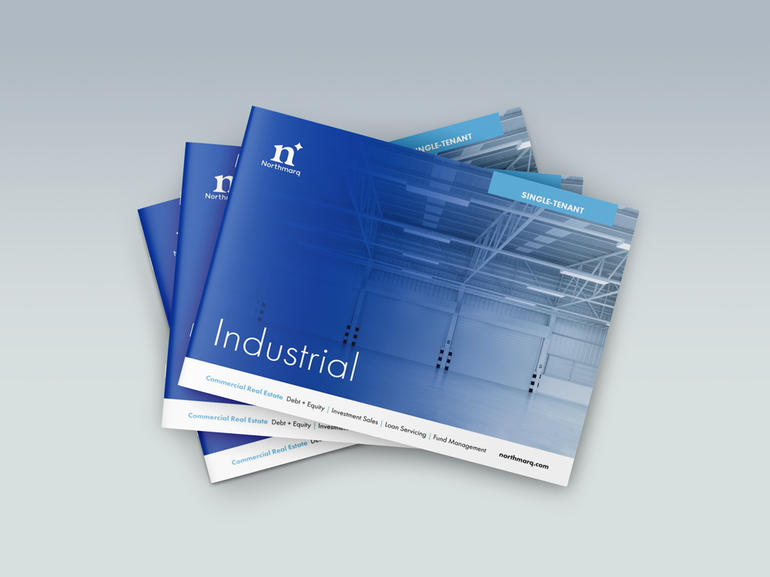MarketSnapshot: Single-Tenant Industrial
Q1 2025

The single-tenant industrial sector experienced mixed dynamics in early 2025. While the sector’s resilience amid broader market pressures is illustrated in first quarter results, it’s clear that the industrial market is not immune. Total sales volume reached $4.6 billion, reflecting a slightly stronger start to the year compared to 2024. However, the sector had been gaining momentum as last year came to a close, so first quarter’s comparatively lackluster performance was disappointing. Despite the quarter’s reduced activity levels, investors continue pursuing industrial assets, and volume is expected to increase in future quarters.
After some fluctuation during mid-2024, industrial cap rates continued their gradual ascent, ending first quarter 2025 at an average of 6.56%. This marks a four-basis point increase from the previous quarter but only a six-basis point rise from first quarter 2024. While cap rates remain well below the broader single-tenant net lease market average, elevated borrowing costs and shifting market risks have been driving an upward trend.
Private buyers remained the most active participants in the industrial sector, accounting for over half of first quarter 2025’s acquisitions. Institutional investors followed with a market share of 26%, continuing to pursue opportunities in prime logistics facilities near key distribution hubs. The sector’s appeal stems from its critical role in supporting e-commerce growth, third-party logistics and inventory management strategies. REITs, however, retreated further from the segment, only representing 4% of the buyer pool to start the year.
Despite the quarterly decline in sales, the net lease industrial sector continues to benefit from strong fundamentals and favorable long-term prospects. New supply is limited, and vacancy rates remain low in many industrial corridors, supporting rent growth and asset performance.
Looking forward, the market’s performance will hinge on macroeconomic developments and investor confidence in the broader commercial real estate landscape. While short-term challenges persist, the sector’s long-term fundamentals remain one of the strongest within the single-tenant net lease universe.
